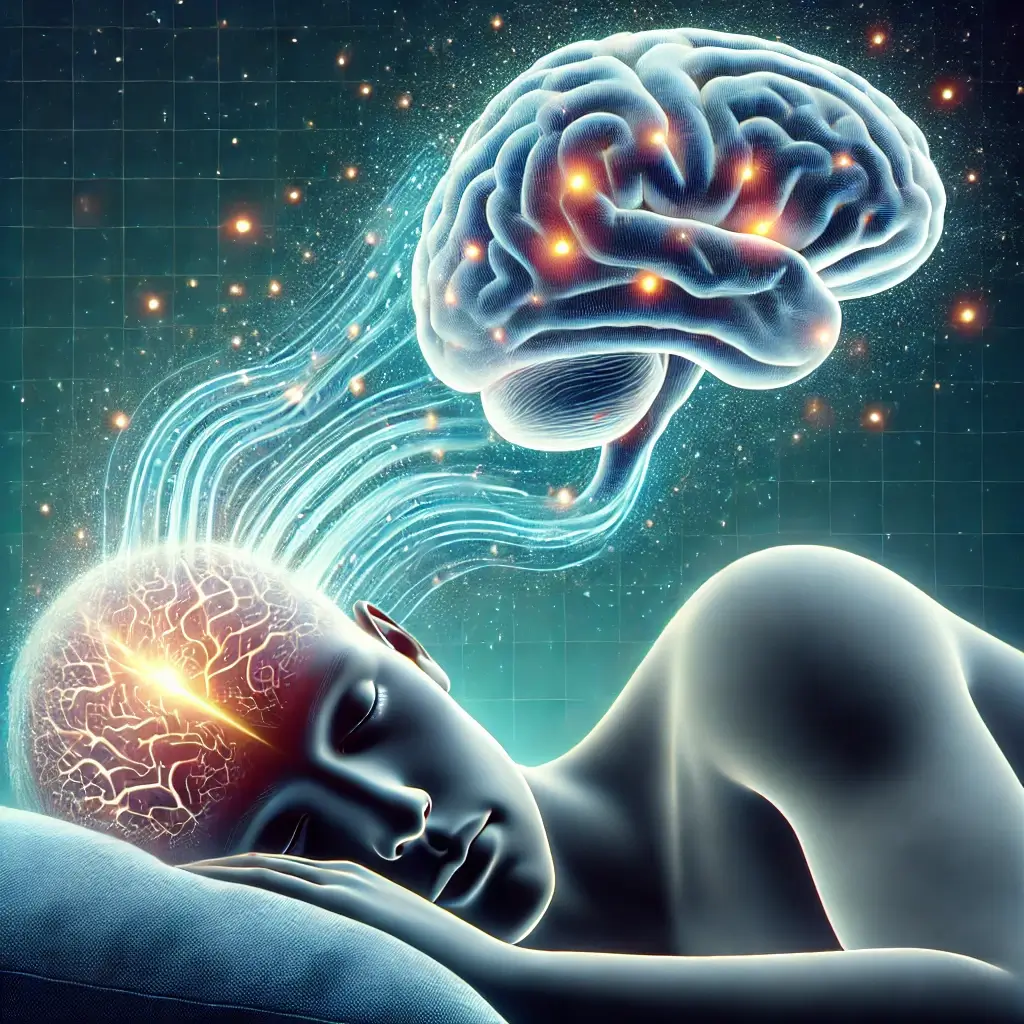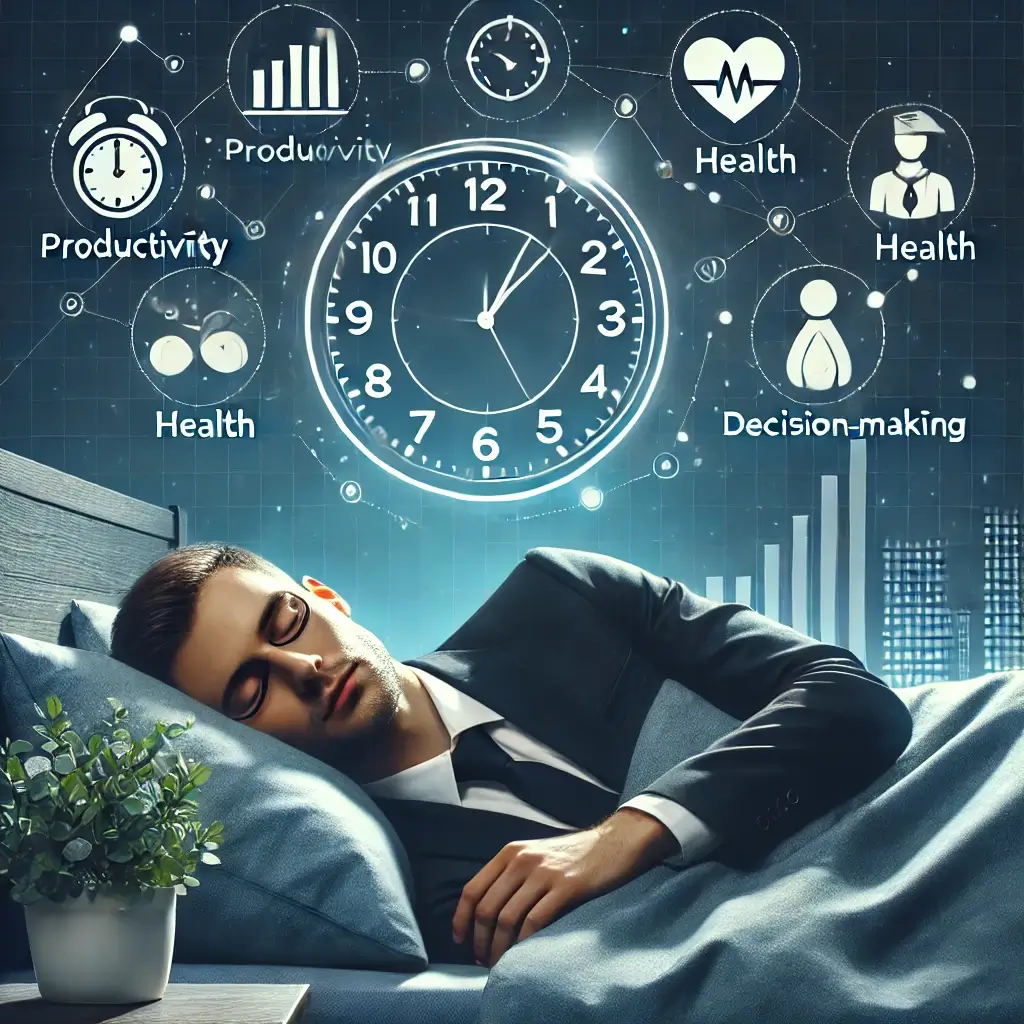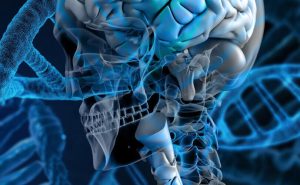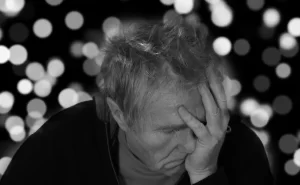Sleep Apnea: Detection and Symptoms
Sleep apnea is a sleep disorder in which breathing repeatedly stops and restarts during sleep. Sleep apnea is classified as obstructive sleep apnea (OSA), central sleep apnea (CSA), or mixed sleep apnea.
OSA is the most prevalent type of sleep apnea when the airway becomes blocked during sleep. Obesity, swollen tonsils, and a restricted airway can all contribute to this condition.
CSA happens when the brain does not signal to the muscles that control breathing during sleep. Several reasons can contribute to this, including heart disease, stroke, and neurological diseases.
Mixed sleep apnea is a disorder in which an individual has obstructive and central sleep apnea. OSA occurs when the muscles in the back of the throat fail to keep the airway open while sleeping, causing the person to stop breathing for short periods. On the other hand, CSA occurs when the brain fails to provide the proper signals to the muscles responsible for breathing. This causes a stop in breathing, which can last several seconds.
To summarize, mixed sleep apnea is a complex illness that requires careful examination.
Mixed sleep apnea occurs when a person has both types of apnea. It results in various symptoms, including loud snoring, unexpected awakenings, daytime lethargy, headaches, and irritability. The degree of mixed sleep apnea varies from person to person, and effective therapy may require a combination of therapies.
Continuous positive airway pressure (CPAP) therapy, which involves wearing a mask that produces a constant flow of air to keep the airway open while sleeping, is one option for treating mixed sleep apnea. Other possibilities include drugs, lifestyle modifications, or surgery, depending on the severity and underlying causes of the illness.
To summarize, mixed sleep apnea is a complex illness that requires careful examination and management to improve sleep quality and general health. If you have mixed sleep apnea, you should seek medical attention and consider possible treatment options to improve your quality of life.
Symptoms of Sleep Apnea
The most common sign of sleep apnea is a loud snore. Additional symptoms include:
- Gasping for air when sleeping
- Waking up with a dry mouth
- Morning headaches
- Difficulty concentrating
- Extreme daytime sleepiness
- Mood swings
- Irritability
Detection of Sleep Apnea
Sleep apnea is often diagnosed using a sleep study. This involves monitoring one’s breathing, heart rate, and brain activity throughout the night.
Sleep research is categorized into two types:
In-lab sleep study: This sleep test is done in a sleep laboratory. You spend the night in a comfortable room while a sleep technician monitors you.
Home sleep study: This sleep research can be completed at home. You’ll be given a device to wear overnight that monitors your breathing and other vital signs.
Treatment of Sleep Apnea
Sleep apnea treatment varies according to the kind and severity of your illness. Common treatments include:
Lifestyle changes: If you are overweight or obese, decreasing weight can help alleviate your sleep apnea. Other lifestyle changes that can help include stopping smoking, avoiding drinking before bedtime, and engaging in regular exercise.
Continuous positive airway pressure (CPAP): is a machine that provides pressured air through a mask worn while sleeping. This air helps to keep your airway open while sleeping.
Oral appliance therapy: is wearing a custom-made mouthpiece that helps keep your airway open while sleeping.
Surgery: In some circumstances, surgery may be required to address the underlying cause of sleep apnea.
If you experience any signs of sleep apnea, consult a doctor for a diagnosis and treatment. Sleep apnea is a significant medical disease, but it may be treated. The correct treatment can improve sleep quality while lowering your risk of significant health issues.













